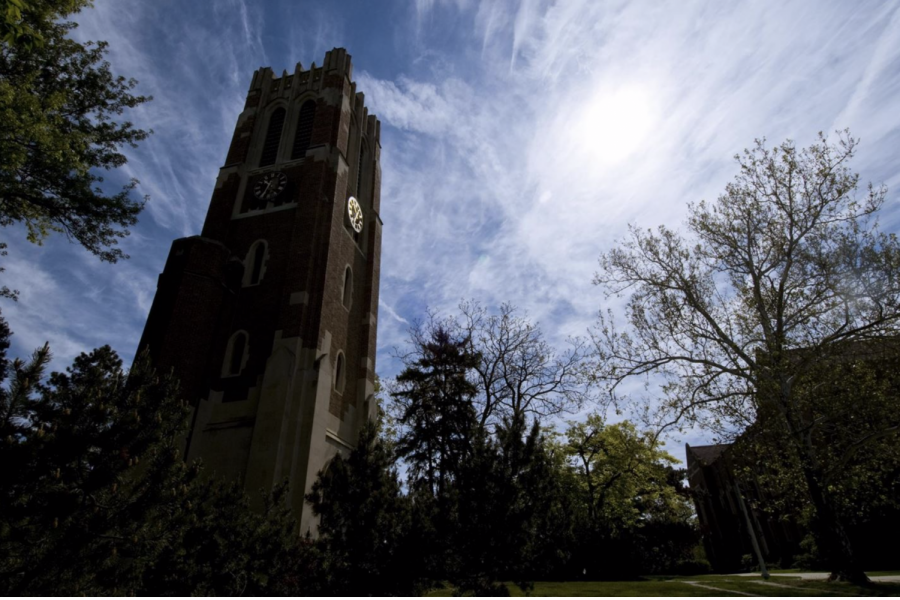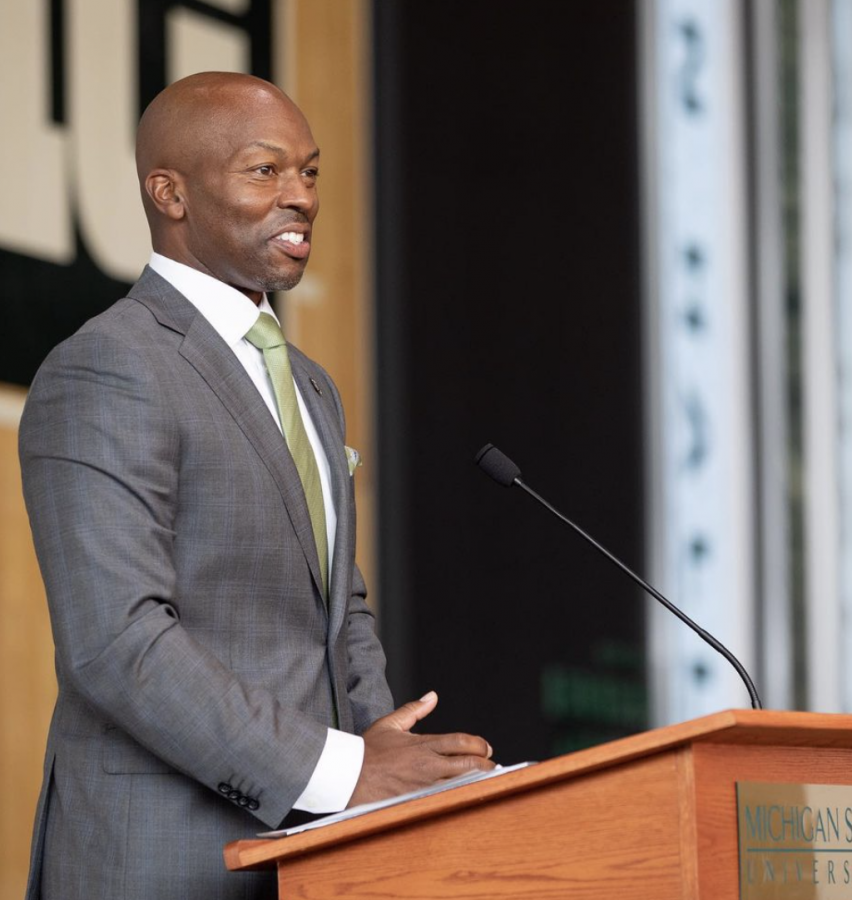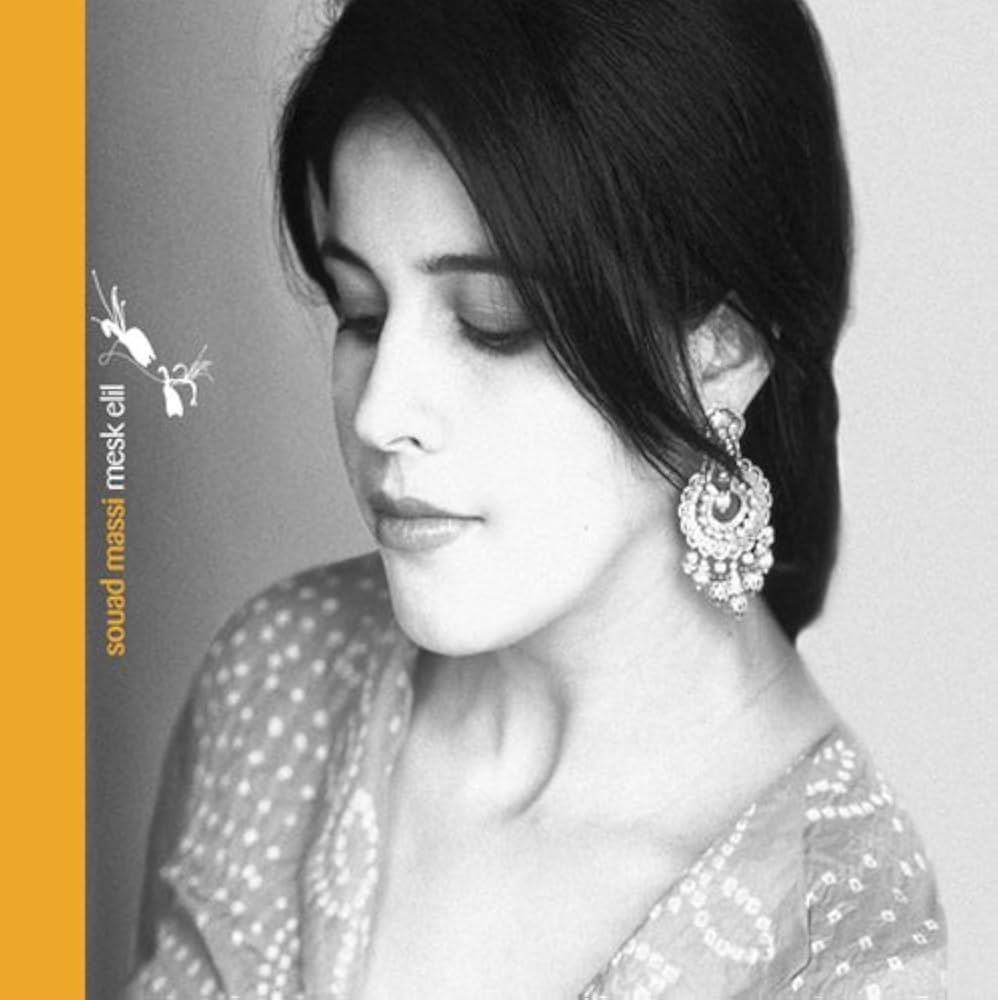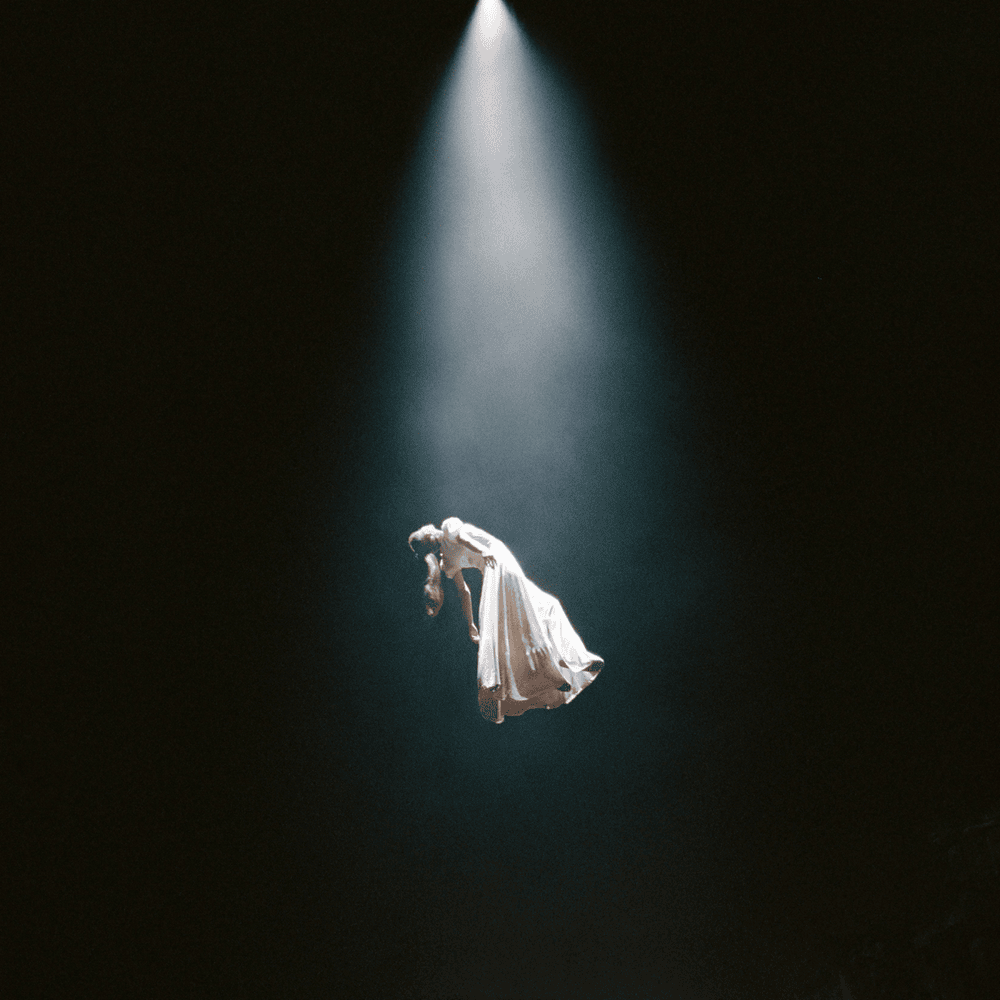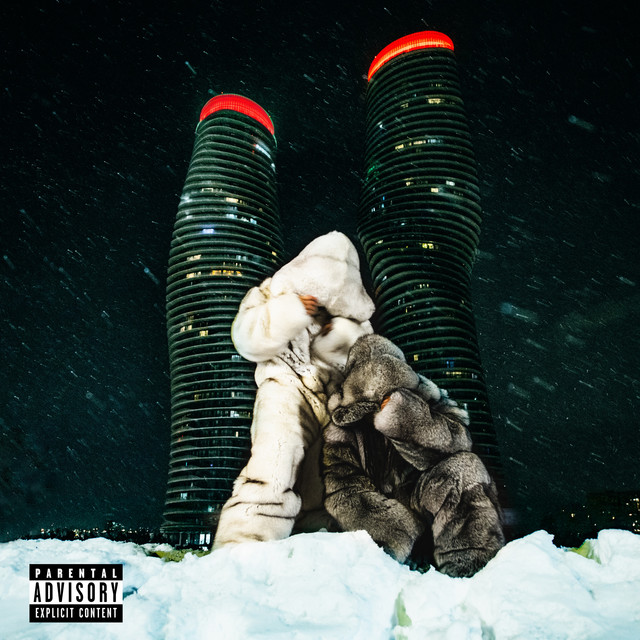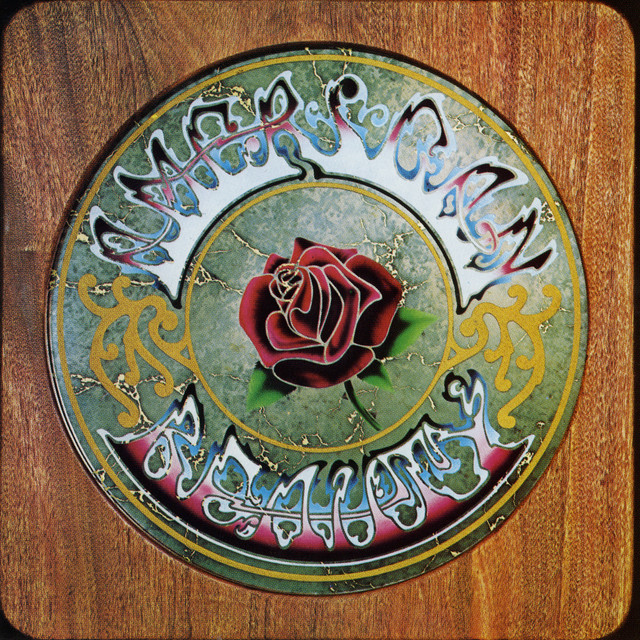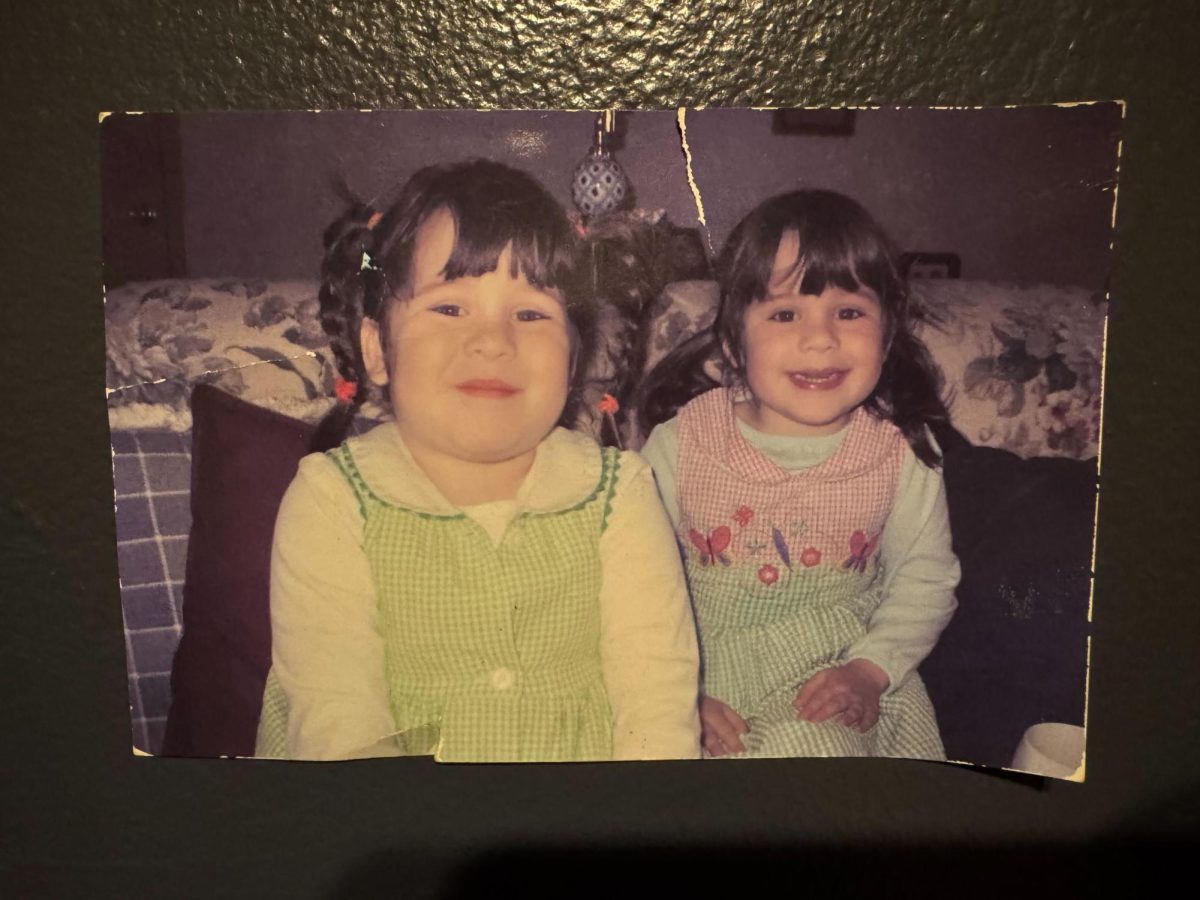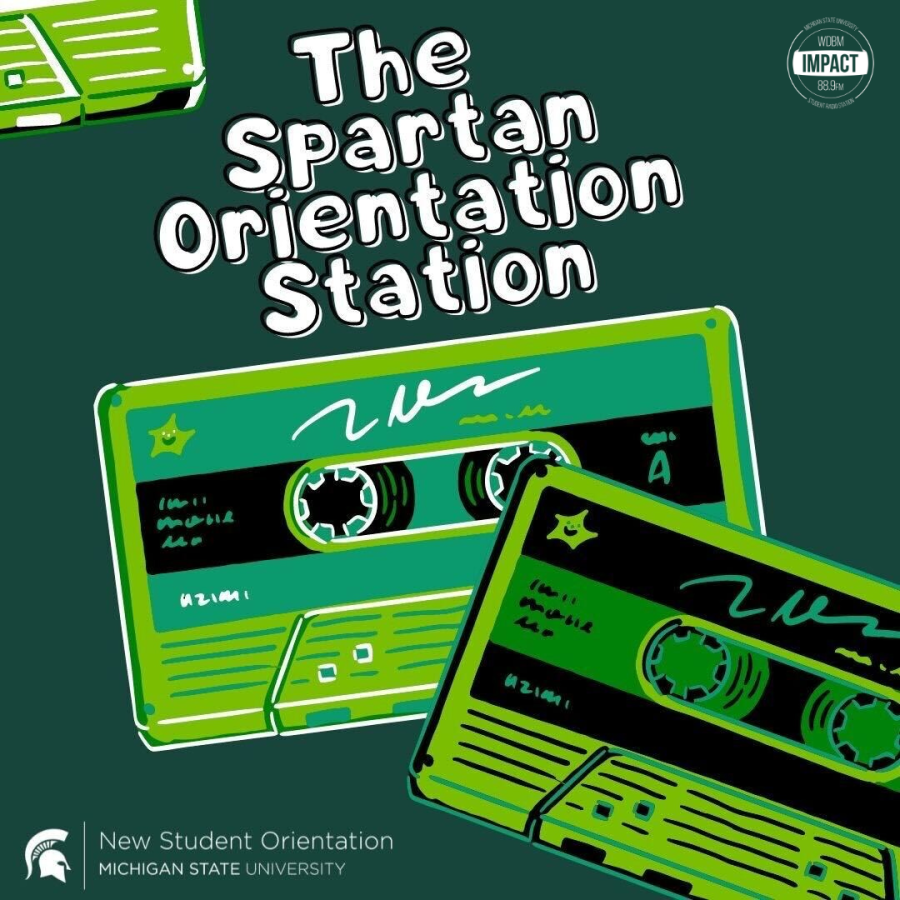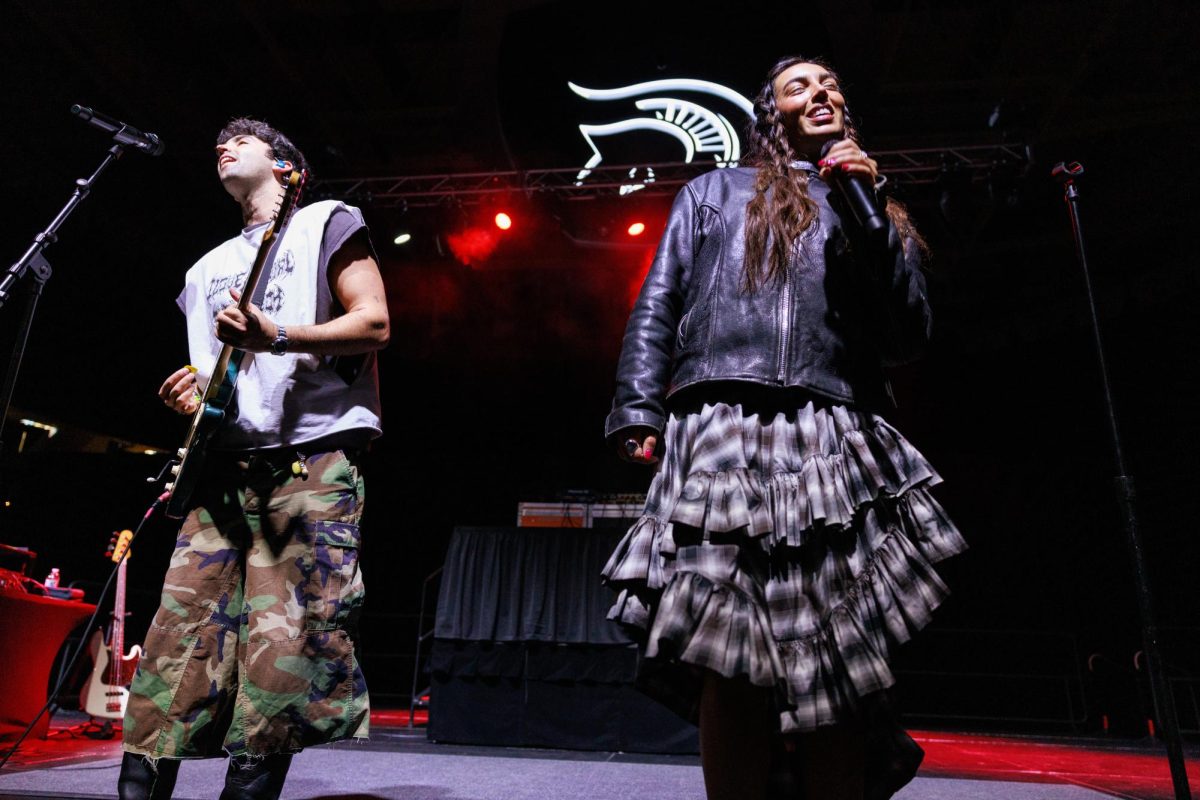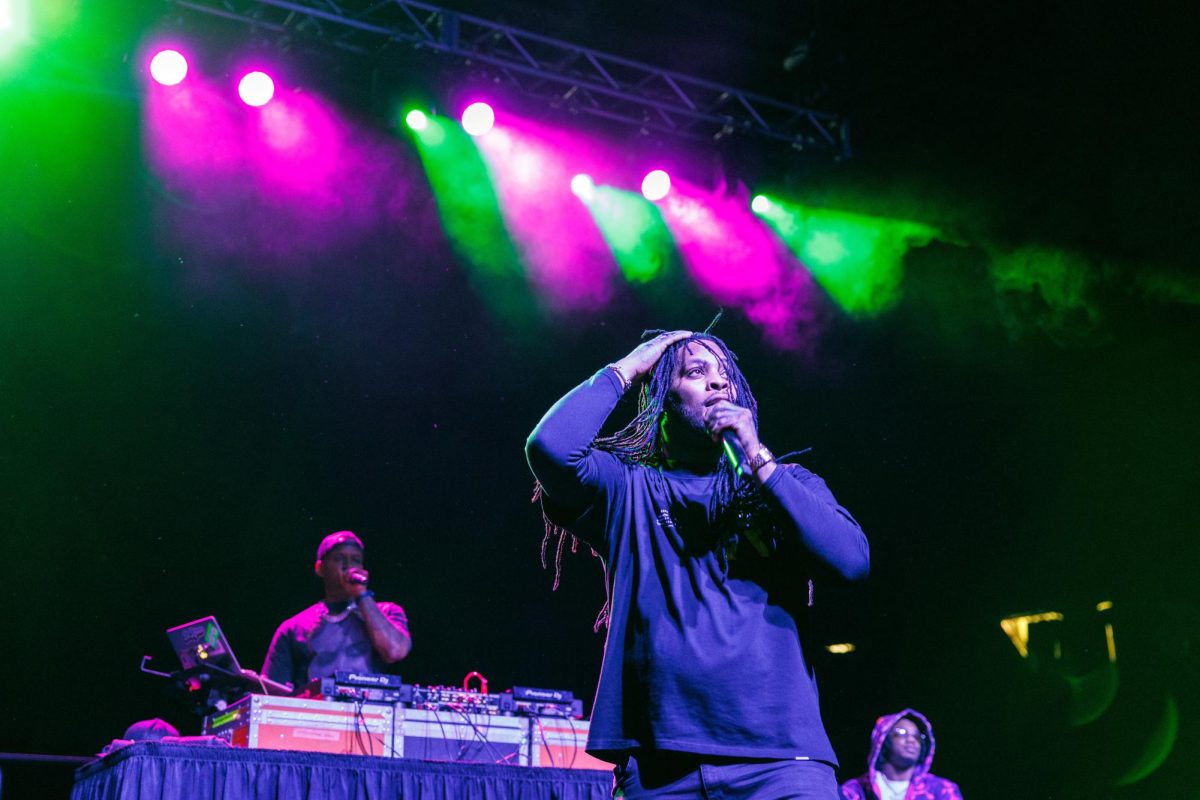Beats Without Borders | Amadou et Mariam
April 5, 2023
The nation of Mali has a storied history of being the seat of several empires over the course of its history. In modern times, the nation has begun a sonic conquest, with the works of their musicians taking over the airwaves not just in Africa, but internationally. At the forefront of this new conquest is the duo Amadou et Mariam. Amadou et Mariam is composed of the married couple Amadou Bagayoko and Mariam Doumbia, who met at Mali’s Institute for the Young Blind. Both are totally blind: Bagayoko lost his sight at the age of 16 from a congenital cataract, while Doumbia lost hers at the age of five to untreated measles.
At the Institute, the pair performed in the Institute’s Eclipse Orchestra, where they discovered their love for music. Bagayoko began his music career in 1968 and joined the group Les Ambassadeurs du Motel de Bamako in 1974. Another massive name in Malian music, Salif Keita, was also a member of the group at the same time. By 1980, Bagayoko and Doumbia decided that they worked well together and began their career as a duo performing Malian blues.
Five years later, the pair toured Burkina Faso on their first international tour. During this tour, they realized Mali lacked the resources to help them pursue their artistic ideas and ambitions. As such, they decided to move to Côte d’Ivoire. They also ended up meeting fellow blind musician Stevie Wonder by chance and had a jam session with him during this time. While in Côte d’Ivoire, they recorded several cassettes, which helped them gain a cult following within West Africa.
In 1996, the pair moved once again: this time to Paris. Three years later, their first hit in France was released, with “Je pense à toi” from the album Sou Ni Tilé reaching a modest 43rd on the charts. The album featured the same musical style that the band used to gain their following in Africa, with a minor twist. Instead of their usual lyrics in Bambara, the group performed the album almost exclusively in French. The linguistic switch makes more sense when you factor in that this was their international debut album, so a more marketable language, like French, would help their music spread more. Regardless of the language, the sound is authentically theirs, and it helped them gain a following in France, as well as the rest of Europe.
After several years of building up an audience in France, the pair’s 2004 album would be one for the ages. Dimanche à Bamako would see Manu Chao, a legendary singer in his own right, approach the pair to work on an album. Chao heard the pair on French radio, became a fan, and pitched the idea of a collaborative album to them. He became the album’s primary producer and featured on every track.
The musical style that Chao was known for was quite different from the Malian blues Amadou & Mariam were known for prior. The album’s production was more Western-friendly, and, likely because of it, would also see the pair have their best-selling album of their career. Dimanche à Bamako charted in five nations, including both the Flanders and Wallonia charts in Belgium, as well as going platinum in France. One of the songs off the album, “Sénégal Fast Food,” showcases the evolution of the duo’s sound perfectly.
Riding the highs brought by Dimanche à Bamako, Amadou & Mariam recorded the official song of the 2006 World Cup alongside Herbert Grönemeyer, “Celebrate the Day.” The track marked the second time an African artist would be performing an official song of a World Cup, after Senegalese singer Youssou N’dour’s song for the 1998 Cup, “La Cour des Grandes,” and would be followed the tournament after by South African group Freshlyground on the legendary song “Waka Waka” alongside Shakira.
When South Africa hosted the World Cup in 2010, Amadou et Mariam appeared on the Kick-Off Celebration for the tournament, alongside Alicia Keys, John Legend, Tinariwen and Shakira. Dimanche à Bamako launched the pair into the consciousness of the Francophone world, but “Celebrate the Day” would make sure the world knew who this Malian couple were. This song would, in turn, set the stage for their next legendary collaborations.
2008 saw the release of Welcome to Mali, the sequel to Dimanche à Bamako. The album featured a number of artists from across the world, but most notably K’Naan. The album was a hit across the world, charting in three nations. It also managed to be nominated for several global awards, including a nomination for the Grammy for Best Contemporary World Album in 2010. This was actually their second nomination in the category, after Dimanche à Bamako was nominated in the 2006 awards show.
One of the songs off Welcome to Mali, “Sabali,” had additional production from Damon Albarn. Yes, the same Damon Albarn behind Gorillaz. “Sabali” would wind up as the band’s most streamed song on Spotify, with over 24.5 million streams. The song saw critical acclaim, with it being featured as Pitchfork’s 249th song on their “Top 500 songs of the 2000s.” Albarn’s fingerprints are all over the song, but the track is still quintessentially Amadou et Mariam.
Their next album, Folila, is a similar album to the previous two. The genre-bending, world-crossing music that had become a staple of Amadou & Mariam had been refined to a level that had yet to be. Artists from across the world would once again join the pair on their album. These artists range from Jake Shears of the rock band Scissor Sisters to rapper Theophilus London to the founder of the ishumar genre of desert blues — which is a similar sound to what Amadou & Mariam started their career off with — Abdallah Oumbadougou.
One of the biggest names the duo managed to collaborate with at the time was Santigold. Santigold’s contributions to the world are legendary, and her song with the duo is just as legendary as the rest of her individual discography. Folila was nominated for the Grammy for Best World Music Album in 2013.
After five years, the pair came back with La Confusion. The album was a reflection of Mali itself, as in the years before, Mali had been dealing with an insurrection in the north of the nation. The pair said in an interview that their lyrics focused on what was happening in Mali, but also their words had meaning that reached far beyond the West African nation. The album also saw them begin to shed their rock-influenced sound to take on a more pop-oriented style. The title track’s music video saw them leaning into that idea of confusion, having children act in the video.
In 2021, the pair continued to expand on their already impressive list of artists they’ve worked with. While they may not have released a song on their own during this year, their two big collaborations absolutely made up for it.
That May, the pair collaborated with another duo in SOFI TUKKER on the track “Mon Cheri.” The music video that was released with the song was done as part of a charity fundraiser with Red Hot to fight against HIV/AIDS. The song fits more into SOFI TUKKER’s usual style of dance music, which is a bit of a change from Amadou et Mariam’s usual sound.
Their second collaboration of the year was with Spanish flamenco-fusion duo Fuel Fandango. Fuel Fandango released their self-titled album in 2011 and had a hit off it with “Always Searching.” Five years later, the song “Salvaje” brought them wider attention.
On paper, the collaboration of two Malian grandparents and an electronic-flamenco group sounds completely crazy, but they somehow made it work. The track mixed kora — a stringed instrument from West Africa that Amadou et Mariam had used on songs prior — with guitar and synthesized percussion. The song, “Ruido,” is a fusion of Malian and Spanish influences, and it has one of my favorite live performances ever with their joint performance at the Pirineos Sur festival.
Nine years ago, the pair debuted a show at the 2014 Sydney Festival. Playing hits from across their illustrious career, the show was done in complete darkness. With perfumes wafting across the festival grounds, the band was revealed at the end of the set in front of a full moon. The performance was done to try and showcase to the rest of the world what it’s like performing in front of thousands of fans without being able to see them. On Dec. 9, 2022, the live album was released.
The pair continues to push the bounds of what their sound is. After over four decades of music, their future looks bright.






